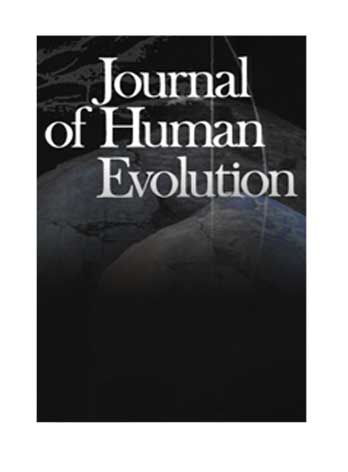Septembre 2018 : publication dans le Journal of Human Evolution
New hominin postcranial remains from locality OMO 323, Shungura Formation, Lower Omo Valley, southwestern Ethiopia
Résumé
With sediments that range from 3.6 Ma to 1.05 Ma (Feibel et al., 1989), the Shungura Formation has yielded numerous hominin fossils from more than 110 localities (Howell et al., 1987; Boisserie et al., 2008). Among them, the locality OMO 323 is of major paleoanthropological interest because in 1976 it yielded the oldest cranium securely attributed to Paranthropus boisei sensu stricto, OMO 323-1976-896, dated to approximately 2.12 Ma (see below for additional details regarding geological context; Alemseged et al., 2002). It has also yielded an unassociated talus that has been alternately likened to that of Paranthropus (Deloison, 1997) or Homo (Berillon, 2000; Gebo and Schwartz, 2006). Here we describe a metatarsal, a phalanx, and a radius from the same locality, together with the geological context of their discovery.
Référence
Guillaume Daver, Gilles Berillon, Caroline Jacquier, Yann Ardagna, Meklit Yadeta, Tiphaine Maurin, Antoine Souron, Cécile Blondel, Yves Coppens, Jean-Renaud Boisserie – « New hominin postcranial remains from locality OMO 323, Shungura Formation, Lower Omo Valley, southwestern Ethiopia » – Journal of Human Evolution: Volume 122, September 2018, Pages 23-32.
Pour en savoir plus




